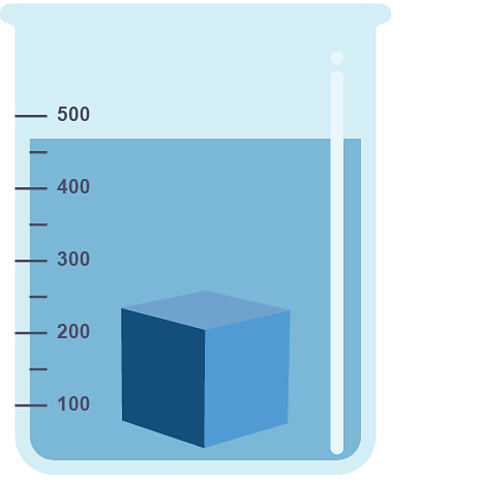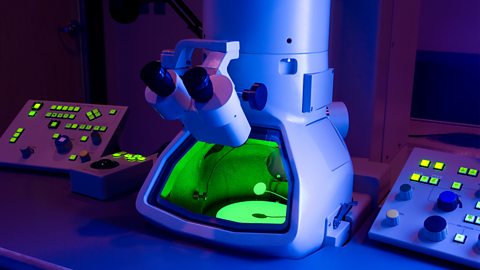What is diffusion?
Diffusion is the random movement of molecules from a region of high concentration to a region of low concentration (ie: down the concentration gradient).
This process does not require energy (it is passive).
This happens across the cell membrane which is selectively permeable.
Examples of substances moved by diffusion
Oxygen and carbon dioxide (gas exchange in cells).
Water (osmosis, a type of diffusion for water molecules).
Nutrients and mineral ions (into and out of cells).
What determines the rate of diffusion?
The rate of diffusion is affected by the:
Temperature: higher temperatures provide the particles with more kinetic energy, speeding up diffusion.
Surface area: larger surface areas provide more space for diffusion, increasing the rate.
Concentration gradient: a steeper gradient (larger difference in concentration) results in faster diffusion.
Investigating the effect of surface area
Procedure
- Make up agar blocks containing a dye.
- Cut the agar into cubes of varying sizes (e.g., 1x1x1 cm, 2x2x2 cm, 3x3x3 cm).
- Calculate the surface area and volume of each block.
- Place the agar blocks into a small beaker of water (25ml)
- Use a stopwatch to record the time it takes for the dye to completely diffuse into the water.

Results
| Block size (cm) | Surface Area (cm²) | Volume (cm³) | SA:V Ratio | Time for Diffusion (s) | Rate of Diffusion (cm²/s) |
|---|---|---|---|---|---|
| 1x1x1 | 6 | 1 | 6:1 | 60 | 0.008 |
| 2x2x2 | 24 | 8 | 3:1 | 180 | 0.005 |
| 3x3x3 | 54 | 27 | 2:1 | 450 | 0.003 |
Conclusion
Smaller blocks with a higher surface area-to-volume ratio (eg 1x1x1) diffused faster, while larger blocks with a lower surface area-to-volume ratio (eg 3x3x3) diffused slower.
This shows that diffusion is more efficient in structures with a higher surface area-to-volume ratio, explaining why cells are small and adapted for maximum surface area.
Evaluation
There were potential limitations:
- Consistency: the blocks' uniformity in size and shape might not have been perfect, affecting results.
- Timing: the timing of diffusion completion could be subjective, so not accurate.
- Temperature control: variations in temperature could have influenced the diffusion rate as it was not controlled.
Improvements
- Use a more precise timing method (eg a colorimeter) to measure when diffusion reaches completion more accurately.
- Control temperature by using a thermostatically controlled water-bath.
- Use a greater range of block sizes for more results and better comparison.
- Repeat the experiment several times to improve reliability.
Watch: Important factors in the rate of diffusion
Quiz time!
More on Cells
Find out more by working through a topic
- count1 of 3

- count2 of 3
